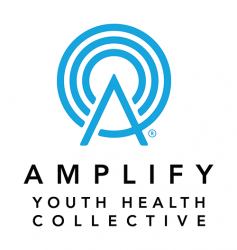Cardea, in collaboration with Answer, has developed Foundations: Core Skills Training for Sex Ed. This national training model includes a one-day core skills curriculum, with four supplemental, half-day modules on essential concepts to support sexual health education implementation.
The one-day training address a range of core facilitation skills including:
- climate setting,
- experiential learning cycle,
- values clarification,
- self-disclosure,
- and responding to challenging questions.
The supplemental modules build on the core skills and address:
- trauma-informed facilitation,
- LGBTQ+ inclusive instruction,
- cultural proficiency,
- and other commonly used facilitation strategies.




